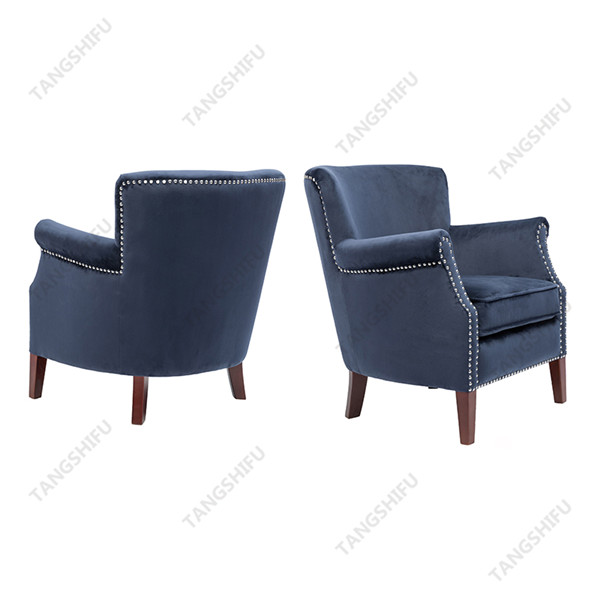Consumers condemned the huge profits of the industry, but the business was unable to make ends meet. Where did the money go? It's nothing more than being "swallowed" by a series of hidden costs: store rents, furniture product packaging and transportation, various standard certifications, participation costs, personnel costs (including design, production, operation, after-sales and other departments), products Packaging costs (marketing, publicity, endorsements), and the superposition of various costs have swallowed the living space of the enterprise. The exploration of new channels is also squeezing the last trace of profits for the company.
Growth rate
For counter stools manufacturers, this year is another bad year. The annual reports of listed counter stools manufacturers in the first half of the year show that most companies' sales performance in the first half of the year was acceptable, but the growth rate has slowed down significantly. Entering August, news of the bankruptcy of furniture companies came one after another. Small and medium-sized furniture brands are facing the risk of being out at any time.

Despite the rising popularity of consumption upgrades in recent years, for most consumers, furniture is still a large and expensive commodity. Young consumers have higher requirements for the quality, appearance, function and other hard indicators of furniture products, but they are more careful about the price.
Behind the profit
Behind the beautiful gross profit of the ccounter stools manufacturers is the dismal net profit. Even in the hot custom furniture field, the net profit of the company can only reach 3% to 7%, and the leading company only exceeds 10%, which is seriously inconsistent with its rapid development momentum.
In response to this pain point, existing companies have provided corresponding solutions: such as realizing the standardization and informatization of furniture production, and physical stores to increase profits with the help of soft decoration and small home accessories. Commodity prices are always a contradiction point that is difficult to reconcile between enterprises and consumers. In an oversupply market environment, while reducing costs, how to make consumers truly recognize the value of products and make products have their own core competitiveness is a problem that companies need to think about.
